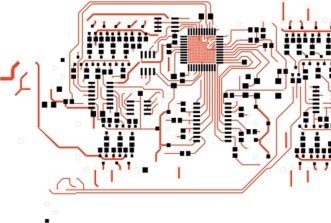This website uses cookies so that we can provide you with the best user experience possible. Cookie information is stored in your browser and performs functions such as recognising you when you return to our website and helping our team to understand which sections of the website you find most interesting and useful.
Quasicrystals boost strength of 3D printed aluminum
Researchers at the National Institute of Standards and Technology (NIST) have made a groundbreaking discovery that could revolutionize the use of aluminum in manufacturing lightweight, high-strength objects such as airplane parts. The key to this discovery lies in the unique properties of quasicrystals, a type of crystal structure that differs from traditional crystals.
Unlike regular crystals, which have repeating patterns of atoms, quasicrystals have a unique shape that allows them to fill space without repeating. This unconventional structure was first observed by materials scientist Dan Shechtman in the 1980s, leading to a Nobel Prize in Chemistry in 2011 for his groundbreaking work in crystallography.
Decades later, Andrew Iams, working in the same building as Shechtman, found quasicrystals in 3D-printed aluminum. The presence of quasicrystals in the aluminum alloy was found to significantly increase its strength, making it an ideal material for use in high-stress applications.
So, how exactly do quasicrystals enhance the strength of aluminum? In traditional metals, the regular crystal patterns make them weak by allowing atoms to easily slip past each other. Quasicrystals disrupt this regular pattern, creating defects that actually strengthen the metal.
Furthermore, the NIST researchers discovered that the addition of zirconium to the aluminum powder in the 3D printing process played a crucial role in preventing cracking and enhancing the overall strength of the alloy. This finding has significant implications for the development of new high-strength aluminum alloys for various industrial applications.














